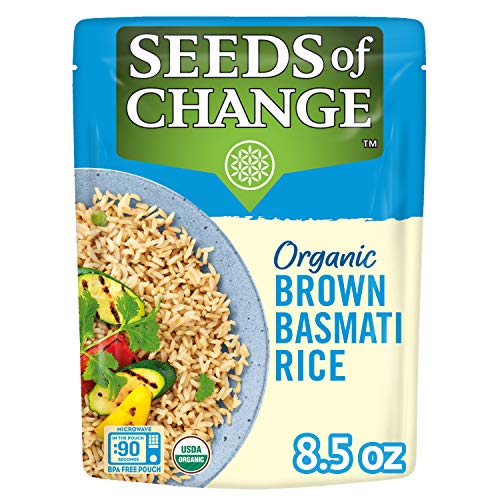Today’s world is fast-paced. The stress of this is felt the most in the workplace.
Then there has been the rise in remote work and the blurring of boundaries between work and home. It can all take a toll on your physical and mental health if left unchecked.
Stress, as we know, is a significant contributor to increased symptoms of all major illnesses, including GERD and IBS.
What can be done to manage stress and create a healthy work-life balance?
Seven Strategies
There are several strategies you can use to manage stress and achieve a better balance between work and the rest of your life. I am all too familiar with the blurred lines when it comes to working from home.
Even when working in an office, it is difficult to not stress about getting things done that can only be handled during working hours. It can all become stressful and overwhelming. Let’s look at some strategies.
1. Set Clear Boundaries.
It is important to set boundaries between work and the rest of your life in order to maintain balance. Set specific work hours, especially if you work remotely. Dedicate a set time for work and a set time for relaxation. Avoid checking or responding to emails outside of work hours.
2. Practice Time Management.
This is key to managing stress and achieving a healthy work-life balance. Research techniques and methods. I personally like the Pomodoro Method, but there are many. Find one that works for you. Create a schedule. Prioritize tasks, delegating or eliminating those that are not essential. This will help you stay focused and minimize stress.
3. Get Enough Sleep.
Lack of sleep can not only contribute to stress and negatively impact your work-life balance, but also has a negative impact on your overall health and well-being. See my previous article on the importance of rest for your health. Proper rest will help you to stay alert, focused, and productive during the day.
4. Exercise Regularly.
Exercise has been shown to reduce stress and improve mental health. It also can help boost energy levels and, just like proper sleep, improves your overall well-being. Try different types of activities to find the one that works best for you.
5. Practice Mindfulness and Meditation.
Mindfulness and meditation can reduce stress and calm your mind. Research has shown that mindfulness can improve mental health, reduce anxiety, and enhance work-life balance. You can practice this through guided meditations, breathwork, or by simply being aware of your thoughts and sensations in the present moment. I have two articles specifically on these topics with more information (Mindfulness Meditation Made Simple and Self-Care for the Season).
“Nature does not hurry, yet everything is accomplished”
~Lao tzu
6. Connect with Others.
Having a strong and supportive social network can help you manage stress and maintain a healthy work-life balance. Whether in person or virtually, take time to enjoy activities with your family and friends. I encourage you to learn more about the benefits of community and connection.
7. Prioritize Self-Care.
I saved this one for last because it is quintessential. For managing all of it, you must take time for yourself. Nourish your mind, body, and spirit with activities such as reading, creative hobbies, relaxing baths, or massage.
Find Your Balance
Managing stress and maintaining a healthy work-life balance can be challenging, but with the right strategies, it is possible. Test out some of the strategies suggested here and find what works for you. We all approach things differently and are better at some things and not so much at others. It may take a little effort but the return on that investment is peace and that’s priceless.
I see you, and YOU are beautiful!
- Bolger, N., & Zuckerman, A. (1995). A framework for studying personality in the stress process. Journal of Personality and Social Psychology, 69(5), 890–902.
- Chiesa, A., & Serretti, A. (2009). A systematic review of neurobiological and clinical features of mindfulness meditations. Psychological Medicine, 40(08), 1239–1252.
- Lancaster, V. (2022, February 3). The Science Behind Our Need to Belong | Psychology Today. www.psychologytoday.com.
- Nollet, M., Wisden, W., & Franks, N. P. (2020). Sleep deprivation and stress: a reciprocal relationship. Interface Focus, 10(3), 20190092.
- Salmon, P. (2001, February 1). Effects of physical exercise on anxiety, depression, and sensitivity to stress: a unifying theory. Clinical Psychology Review.
- The pomodoro technique - why it works & how to do it. Todoist. (n.d.). Retrieved February 7, 2023.




















Comments
Join The Conversation...